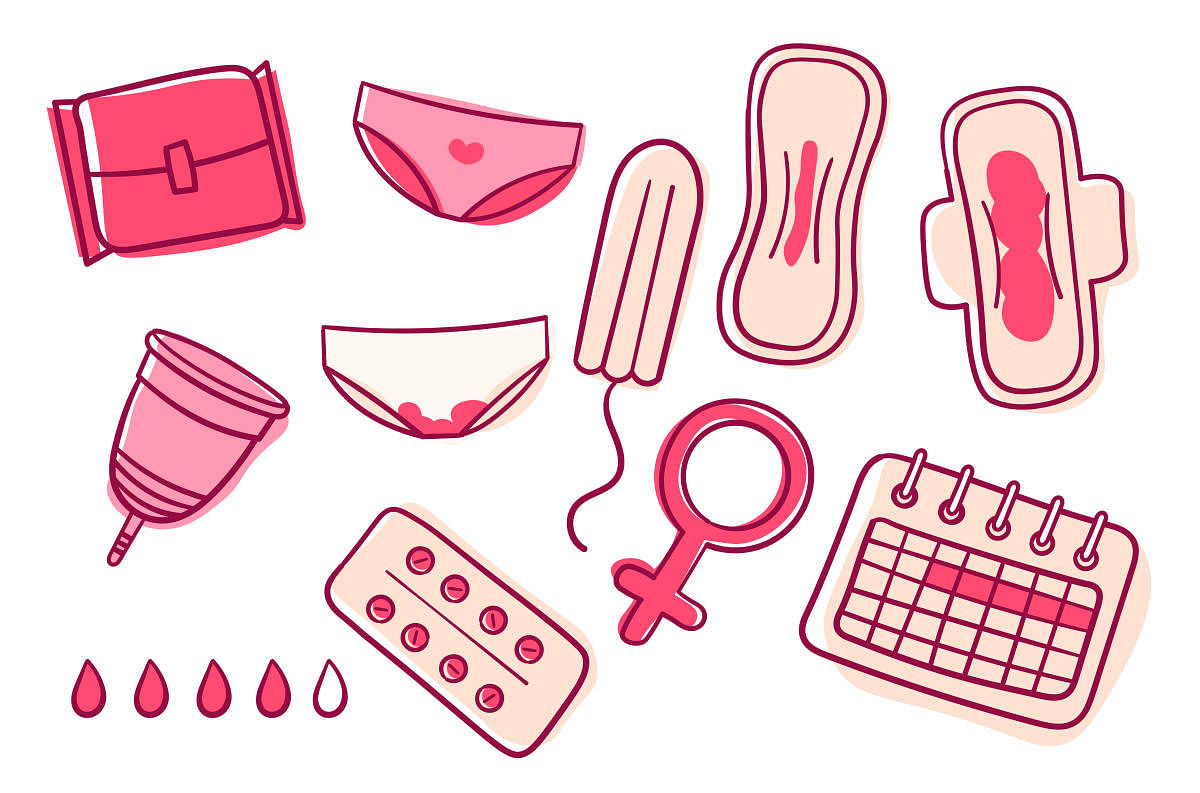
It’s no secret that a single sanitary pad could take 500-800 years to decompose because it’s made out of plastic that is not only non-biodegradable but is also hazardous to health. Here are some of the alternatives to your traditional pads that you might want to consider.
Menstrual cup
The small, flexible funnel-shaped cup is made of silicone and rudder. You insert it into the vagina to catch your flow. It provides leak-free protection for up to 12 hours and is reusable. It’s said that one cup can be used for about 10 years, making them both economical and eco-friendly. Menstrual cups might seem messy at first, and tricky to insert, but once you get a hold of it, it is not only comfortable but is also very gentle on the body.
Cloth pads
The mechanism of cloth pads is no different than that of the disposable ones, but the former is made of cotton layers encased in a waterproof fabric that can be washed and reused. They are comfortable, environment friendly and are lighter to carry. It is also one of the healthiest alternatives as it eliminates the risk of Toxic Shock Syndrome (TSS).
Period panties
Panties with built-in period protection that can be worn as normal knickers; can it get better than that? This alternative is extremely comfortable, user and environment friendly and are made of many layers to prevent leakage.
Hence, making it the best option for women with heavy flow.
They are reusable, washable and long-lasting and come in a wide range of styles, sizes, fabrics and holding capacity.
Menstrual sponges
Also known as Sea Sponge Tampons or Period Sponges, these are natural renewable resources that can be used as an alternative to tampons. They are natural sea sponges sourced from the ocean that can be reused for up to six months. They are free of chemicals, dyes, chlorine, fragrance, bleach and synthetic materials.
Menstrual disc
Similar to the menstrual cup, the disc too, is inserted into the vagina to collect period blood but differs in shape and placement. While cups and tampons sit at the vaginal canal, the menstrual disc sits at the vaginal fornix, which is deeper into the vaginal canal. It offers up to 12 hours of protection and holds five tampons’ worth of fluid. It might seem difficult at first to insert the disc, but once you get the hang of it, it’s much safer and reliable.